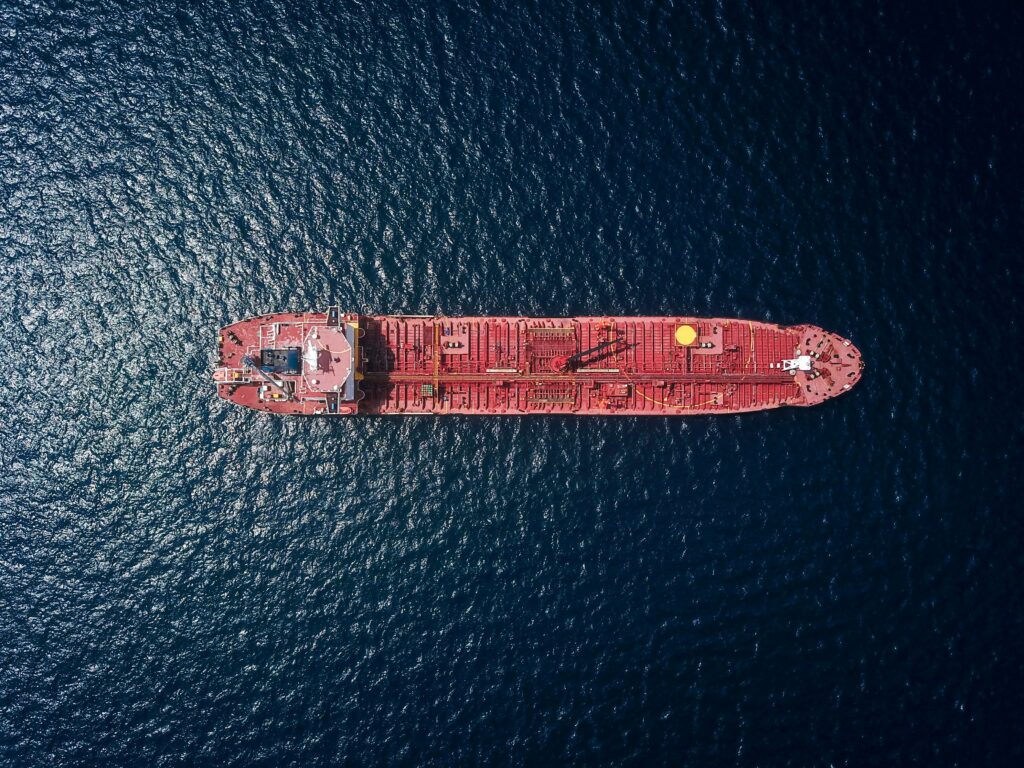For instance, in seaward oil and gas creation, ROVs can lead visual examinations, screen the state of pipelines and wellheads, and even fix hardware, all while being controlled from the wellbeing of a surface vessel. The vehicles can be sent rapidly, diminishing margin time and limiting the requirement for expensive human presence on the sea depths.
The expense reserve funds related with ROVs are significant. Monitored subs or plunging tasks require critical assets with regards to faculty, gear, and wellbeing conventions. ROVs, by examination, offer a more practical arrangement. They are a lot less expensive to convey and work, particularly while considering the significant expenses related with profound water tasks and human intercession.
For subsea examination and upkeep, ROVs can substitute the requirement for exorbitant seaward groups and broad coordinated factors, prompting lower functional costs for organizations. Their capacity to work independently likewise diminishes the time expected for specific errands, further reducing expenses.

With their capacity to give constant visual input, perform high-accuracy assignments, and work for broadened periods without the requirement for rest, ROVs can achieve complex errands more rapidly and reliably than human jumpers or conventional subs.
These vehicles can catch top quality video film, take point by point estimations, and make 3D perceptions of subsea framework, which is priceless for condition observing, shortcoming recognition, and prescient upkeep.
ROVs are outfitted with cutting edge cameras, sonar situation, and controllers that give elevated degrees of accuracy and detail in subsea assessments.
This degree of accuracy takes into consideration proactive upkeep, broadening the existence of seaward framework and diminishing the probability of disastrous disappointments.
As the seaward business extends, particularly into more profound waters and more far off areas, ROVs will keep on assuming an essential part in the improvement of subsea framework.
For instance, in the seaward oil and gas area, ROVs furnished with multi-pillar sonar frameworks can make nitty gritty, three-layered guides of subsea pipelines and designs, recognizing areas of erosion, wear, or possible disappointment before they become basic.
The following stage in ROV advancement will see considerably more prominent degrees of robotization. While conventional ROVs are normally constrained by human administrators on a superficial level, arising innovations are empowering the improvement of **autonomous and semi-independent ROVs** that can perform errands without consistent human intercession.
These independent ROVs will be fit for leading complex reviews, upkeep, and even subsea development without the requirement for human oversight. For example, an independent ROV could lead a whole review of a subsea pipeline, recognizing areas of erosion and harm, and afterward continue to execute fixes utilizing mechanical arms or other particular instruments.
